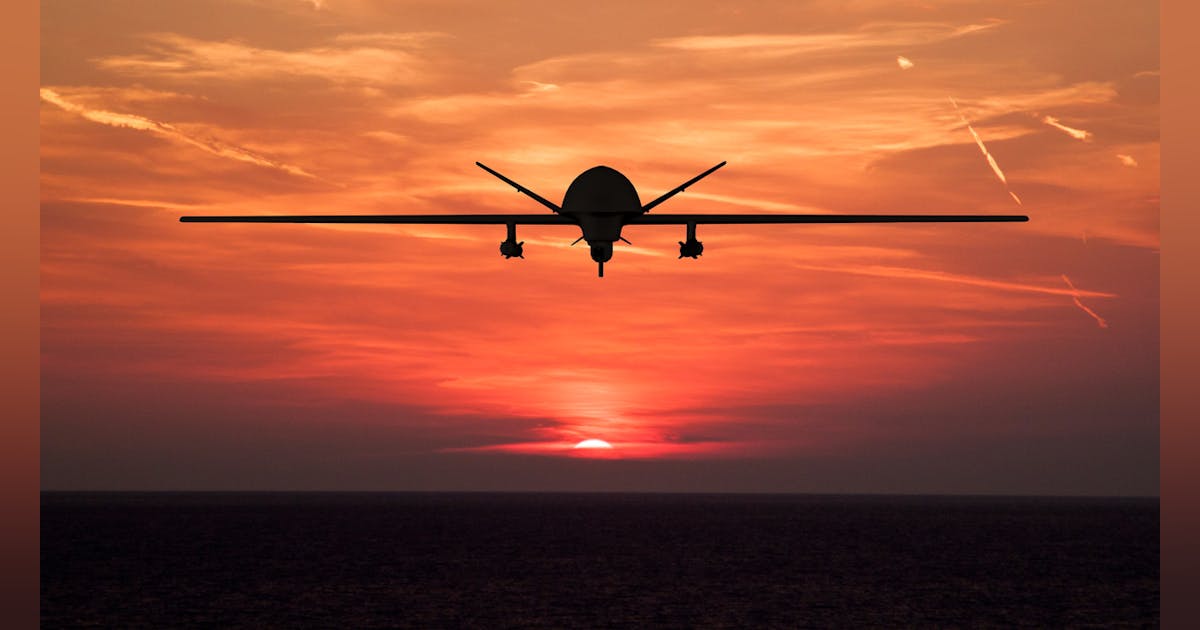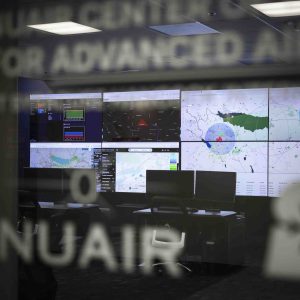Autonomous Defense Demands a New Reliability Standard: A Comprehensive Overview
As we look forward to the evolution of military technology, one concept stands out prominently: autonomy. From drone swarms to sophisticated battlefield robotics, autonomous systems are swiftly transforming defense operations. Yet, as machines start taking on roles traditionally held by humans, the expectation for reliability escalates dramatically. This new level of reliability must withstand not only mechanical and software malfunctions but also previously underestimated threats such as cosmic radiation and cyber-attacks.
Revolutionizing the Reliability Equation with Autonomy
Autonomous systems are heralded for promising quicker decision-making, enhanced reach, and diminished risks to human personnel. Instead of operators remotely piloting or manually coordinating, these AI-driven machines are required to sense, decide, and act independently, often with minimal human input. These systems need to maintain operational integrity under severe conditions, such as when communications are jammed, where any fault can jeopardize the entire mission’s success.
Consider a drone swarm conducting surveillance in enemy territory. A single error, like a logic fault caused by a stray cosmic particle, could cause a drone to misidentify targets or lose formation, endangering the mission’s effectiveness. Such an anomaly, if unnoticed, could lead to cascading failures, risking mission loss or unintended outcomes.
The Invisible Menace: Radiation-Induced Failures
The common perception of reliability focuses on mechanical wear or software errors. However, defense-grade autonomy must consider invisible threats just as crucial.
- Radiation as a Hidden Foe: High-energy particles from space, even at ground level, can alter bits in semiconductor chips, causing “single-event upsets” (SEUs) – undetectable errors that might corrupt data or decisions without causing physical damage.
- Consequences: Every radiation-induced error could trigger a series of failures in autonomous systems, beyond just missed signals or false readings.
Expert Tip: Ignore radiation resilience at your peril. To avoid lengthy certification processes and ensure battlefield reliability, systems need to be resilient by design, not post-launch corrections.
Setting New Standards for Reliability
The Pentagon, aligned with international law and leading research, insists that all components of an autonomous system, from the processor to the software, must be robust and reliable under actual operational stress.
- Verification and Validation: Systems require rigorous testing in real-world conditions, not just simulations, to expose AI and hardware to unpredictability, including adversarial attacks and environmental extremes.
- Silicon-Level Resilience: Chips need to be fortified against radiation and environmental factors to facilitate nimble designs and rapid decision-making.
- Operational Robustness: Systems should maintain performance in contested or hostile environments with secure cybersecurity measures.
- Transparent AI: AI must operate predictably, allowing operators to trust its decisions, without reliance on opaque “black box” algorithms.
Industry Trend: Early adopters of these new standards will quickly launch reliable autonomous solutions, avoiding legacy certification barriers.
Fostering Human-Machine Trust
The independence of systems raises profound ethical and legal concerns.
Challenges to Trust:
- Interaction Failures: Poor design can reduce operator awareness and erode trust.
- AI Limitations: AI often struggles with scenarios beyond its training data.
- Transparency Deficiencies: When decisions of autonomous systems can’t be explained, commanders might hesitate to use them.
- Accountability Issues: There must be clarity on responsibility for autonomous actions within the law of war frameworks.
Forward-thinking defense organizations implement reliability scorecards to assess risks effectively across an autonomous system’s lifecycle.
Legal and Ethical Imperatives
Autonomous weapons face strict legal reviews before deployment, requiring confidence in predictable and reliable operation in all situations.
- International Humanitarian Law (IHL) Requirements: Systems must be predictable, reliable, and thoroughly tested to ensure compliance, especially concerning civilian protection.
Case Study: An anti-radiation missile might misinterpret a cluttered environment, demonstrating the need for contextual reliability rather than just functional consistency.
The Human Element in Reliability
Ensuring warfighters trust their tools is central to the new standard, involving collaboration between engineers, military operators, and designers throughout system development.
Companies like VORAGO Technologies lead with breakthroughs in radiation-hardened chips, providing essential resilience. Moreover, feedback mechanisms from frontline users to engineers are crucial for refining reliability standards iteratively.
Expert Views and Trends
Defense autonomy is advancing rapidly, and today’s reliability decisions will shape tomorrow’s operations. Experts stress that reliability at the silicon level enhances speed and should not require redundant systems, which could slow decision-making.
Autonomy in defense offers both potential and peril, as depicted in popular culture by tactical drones and smart ships that blur the line between heroics and critical failures.
Conclusion: The Path Forward
Achieving the new reliability standard is an intricate task, requiring collaboration, transparency, extensive testing, and ethical adherence. Building trust starts now, from the silicon upwards, ensuring autonomous allies match human dependability in the field.
For those in defense innovation and policymaking, the priority is establishing confidence at every level—from chip design to operational command.
Autonomous defense is already here, and ensuring reliability is vital for those who rely on these systems.













